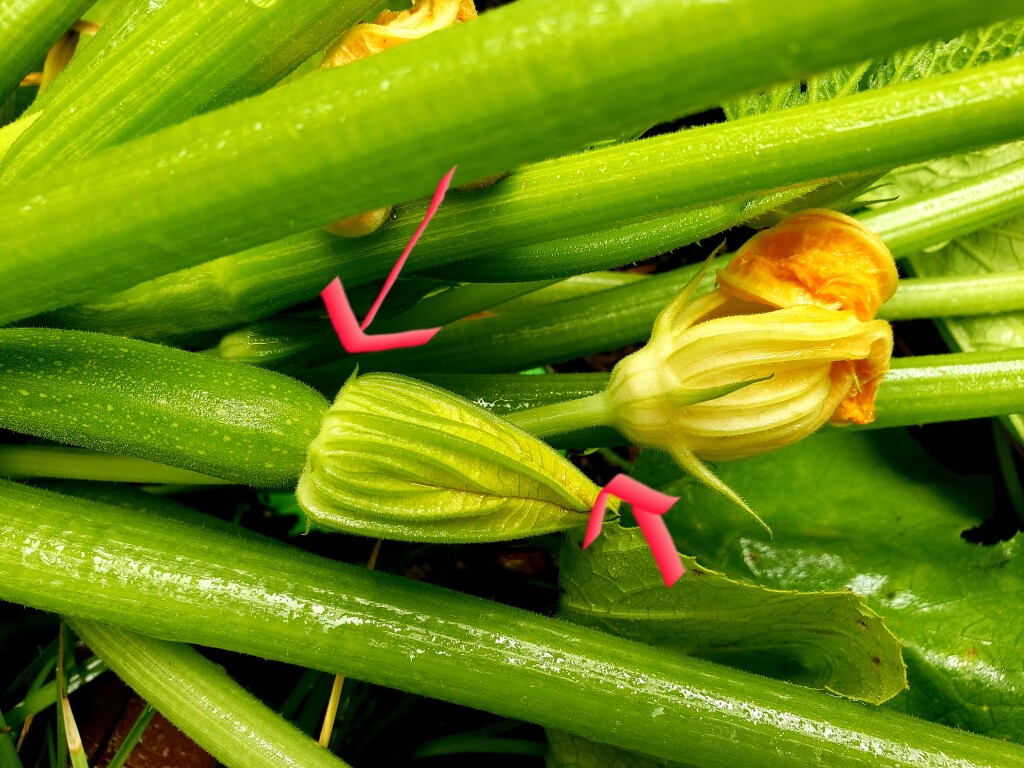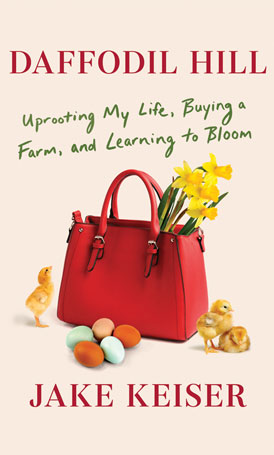I’ve finally planted a few vegetables for my fall garden, including zucchini. Over the summer I noticed a LOT of people having issues getting their gardens to produce – despite having an abundance of flowers.
This happened in my new garden as well. When this happens it’s often a pollinator issue. The pollinators on my property weren’t used to the new garden and instead they were in abundance around my old winter squash garden that was full of big, bright blooms and young veggies. I’m far out in the country and don’t use pesticides, so eventually, the pollinators will find my new garden. But for those of you in cities and suburbs where pesticides tend to be in high use, the best way to deal with this is to self-pollinate your own flowers.
Here’s how:
Identify the male and female flowers around your garden. Keep in mind, the first flowers to show up are usually all male. The male flowers are often high up to attract the pollinators. So be patient, and look for females daily. Male flowers have a single stamen full of yellow pollen. They also have a slender stem at the base of the flower. Female flowers have a tiny baby vegetable at the base of the flower. Here is a male and female zucchini flower, below – notice the baby zucchini at the base of the female flower that has yet to open. The male flower had opened earlier in the morning.

Next, using a soft, clean, small paint brush – sweep it around the male flower’s stamen to collect pollen. You can even do this on male blooms that have already closed, gently open the old bloom and collect pollen.
Then, simply apply the pollen inside the female flower, her reproductive counter part is the stigma – it’s usually slightly sticky to help adhere the pollen. That’s it! You’ve successfully performed IVF on your plant. 
If you don’t have a small paint brush you can also just remove the male flower from the plant and apply the stamen directly to the stigma. I prefer to leave the male flowers on the plant to encourage the natural pollinators to come around, but it will do in a pinch.
I’ve found mornings to be the best time when most of the flowers are open but you’ll have to see what your own garden’s needs are. I’ve even had luck opening closed female flowers to apply the pollen. The baby vegetable tends to start growing right away – so you’ll see the fruits of your labor in no time!






